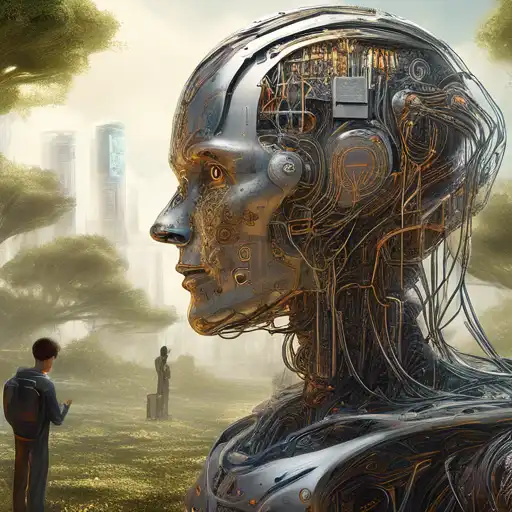Introduction to Natural Language Processing
Natural Language Processing (NLP) stands at the intersection of computer science, artificial intelligence, and linguistics. It enables machines to understand, interpret, and generate human language in a way that is both meaningful and useful. From virtual assistants to translation services, NLP is revolutionizing how we interact with technology.
How Machines Understand Human Language
At its core, NLP involves several key processes: syntax analysis, semantic analysis, and pragmatic analysis. Syntax analysis deals with the arrangement of words to make grammatical sense, semantic analysis interprets the meaning behind the words, and pragmatic analysis considers the context in which the language is used.
Key Components of NLP
- Tokenization: Breaking down text into words, phrases, or other meaningful elements.
- Part-of-speech Tagging: Identifying each word's part of speech within a sentence.
- Named Entity Recognition: Detecting and classifying named entities like people, places, and organizations.
- Sentiment Analysis: Determining the emotional tone behind words to understand attitudes and opinions.
Applications of Natural Language Processing
NLP technologies are behind many of the services we use daily. Search engines use NLP to understand queries better, while chatbots employ it to simulate human-like conversations. Other applications include email filtering, language translation, and content recommendation systems.
Challenges in NLP
Despite its advancements, NLP faces challenges such as understanding sarcasm, idioms, and cultural nuances. Ambiguity in language also poses significant hurdles for machines attempting to comprehend human communication accurately.
The Future of Natural Language Processing
With ongoing research in deep learning and neural networks, the future of NLP promises even more sophisticated understanding and generation of human language. Innovations like context-aware AI and adaptive learning algorithms are set to enhance machine comprehension further.
As NLP continues to evolve, its potential to bridge the gap between human and machine communication grows. By harnessing the power of NLP, we can look forward to more intuitive and seamless interactions with technology.
